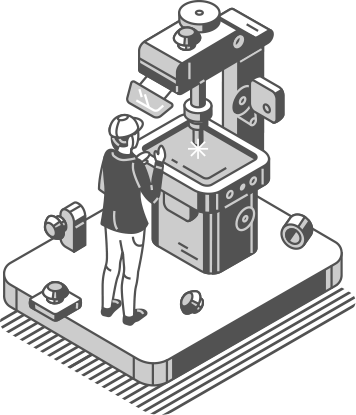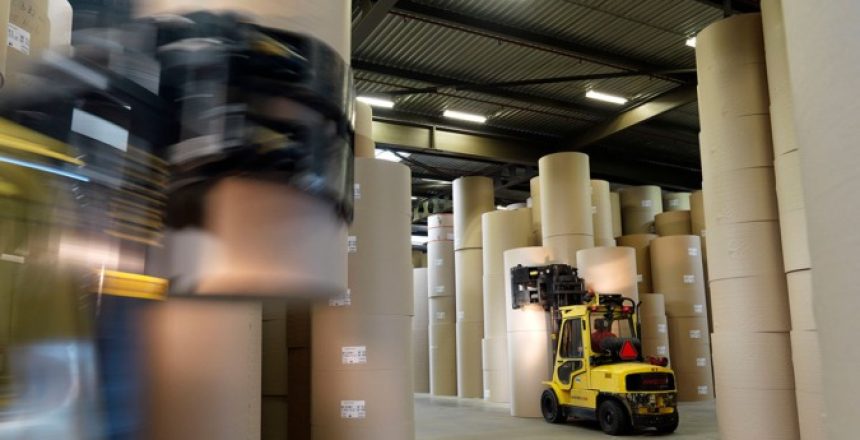By the end of next summer, the company’s factory in Navarre plans to complete the installation of 12,000 solar panels on adjacent land. These panels will reduce CO2 emissions by more than 3,200 tons per year and will generate more than 12 GWh of energy per year, which will reduce “7%” of current consumption and dependence on external sources of electricity.
Smurfit Kappa is committed to the installation of panels at its plant in Navarra to produce electricity for its own consumption. Specifically, the Sangüesa plant will invest 6 million euros to install 12,000 solar panels on land adjacent to the company. These panels will reduce CO2 emissions by more than 3,200 tons per year and will generate more than 12 GWh of energy per year, which “will reduce by 7% the current consumption and dependence on external sources of electricity”. This photovoltaic plant joins the existing biomass cogeneration (green energy) of 60 GWh/year.
The Sangüesa factory is the only Smurfit Kappa plant producing MG Kraft paper, a packaging solution commonly used in the industrial and consumer markets, in products such as grocery bags and wrapping paper. Its customers include some of Europe’s leading brands.
“We are very proud to have been able to make this significant investment in solar panels at our Sangüesa paper mill, which will enable us to generate sustainable energy, reduce our overall consumption of energy from external sources and reduce our CO2 emissions. Due to the scale of this project, the installation of the solar panels will be completed by the end of this summer, so we are looking forward to seeing them up and running to reduce our carbon footprint and become even more sustainable,” said Rafael Sarrionandia, general manager of Smurfit Kappa Nervión and CEO of Kraft Specialties Spain.
These panels will also provide the facilities with greater protection and insulation, “thus improving the climatic conditions inside and reducing energy consumption for acclimatization”.
Sources:




